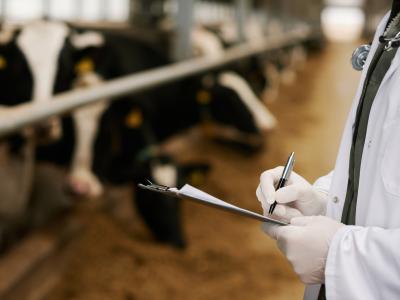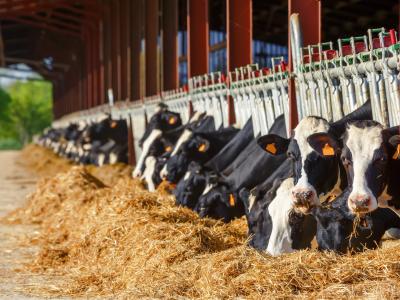As some European countries see some promising signs that their latest lockdowns are slowing the pace of COVID-19, the progress raises new questions about how to unwind the measures in a way that prevents a third wave of infections at the start of the new year.
Over the weekend and through today, the world added about 2 million cases, putting the global COVID-19 total just over the 59 million mark. The total today climbed to 59,004,131 cases, and 1,393,736 people have died from their infections, according to the Johns Hopkins online dashboard.
Europe grapples with restrictions
The European Centre for Disease Prevention and Control (ECDC) today updated its projections up to Christmas, based on two different scenarios: that current restrictions are maintained or if they return to restrictions that were in effect Apr 1, a date when most nations in the region had their strongest measures in place.
With the current measures in place, the ECDC projects that more than half of countries will reduce daily cases by more than 50%, with subsequent reductions in hospitalizations and deaths. More than two-thirds would register some declines. However, if measures were tightened at Apr 1 levels, then all countries would see declines in cases.
When experts looked at what might happen if countries lift measures on Dec 21 to allow for less distancing during the Christmas holiday, cases could start rising again as early as the first week of January. If countries lift measures on Dec 7, the ECDC warned that hospitalizations could start rising again in the lead-up to Christmas.
In a related development, David Nabarro, MD, a special COVID-19 envoy to the World Health Organization, told the Swiss media that Europe could experience a third wave of disease activity if it repeats some mistakes it made after the first wave, Reuters reported. He said the countries missed the chance to build up their infrastructure over the summer months after the first wave was controlled.
In other European developments:
- UK Prime Minister Boris Johnson presented a three-tiered "COVID Winter Plan" to Parliament, which tightens restrictions to levels more stringent than the current lockdown in some areas, The Guardian reported today. For example, the plan would allow shops, gyms, and sports venues to reopen, but tighten rules on pubs and restaurants. He urged to public to make one last push before the arrival of vaccines and mass testing. The country's current lockdown ends on Dec 2.
- In a phased approach in Spain's Catalonia region, bars and restaurants reopened, according to Reuters. The region was the first to close and is now the first to reopen, owing to declining cases. A night curfew remains in place.
- Luxembourg is the latest country in Europe to order a lockdown, which will last for 3 weeks and will apply to bars and restaurants but allow shops, art galleries, and museums to remain open, the Luxembourg Times reported.
Developments in Asia, Australia
Some Asian regions are reporting rises in COVID-19 activity, such as Hong Kong, which is battling a cluster linked to dance studios, with health officials calling it a fourth wave of activity, CNN reported.
South Korea's health ministry yesterday announced the closure of bars and nightclubs and limits on religious gatherings in the Seoul area to blunt the country's third spike of COVID-19, Reuters reported. The country reported 330 cases yesterday, marking the fifth consecutive day of cases over the 300 mark.
Indonesia's COVID-19 markers are rising, with the average number of daily cases at a record high and hospitals nearing capacity in its most populated province, West Java, according to Reuters. Cases are averaging about 4,000 a day, but experts say shortages in testing and contact tracing, combined with a high positivity rate, suggest that daily totals are a significant underestimate.
Elsewhere—in a positive development—the border between Australia's two largest states reopened today for the first time since July, when the country began its battle against a rapidly spreading cluster in Melbourne, Reuters reported. The border closure was the first since 1919 when Australia experienced an influenza pandemic.





















